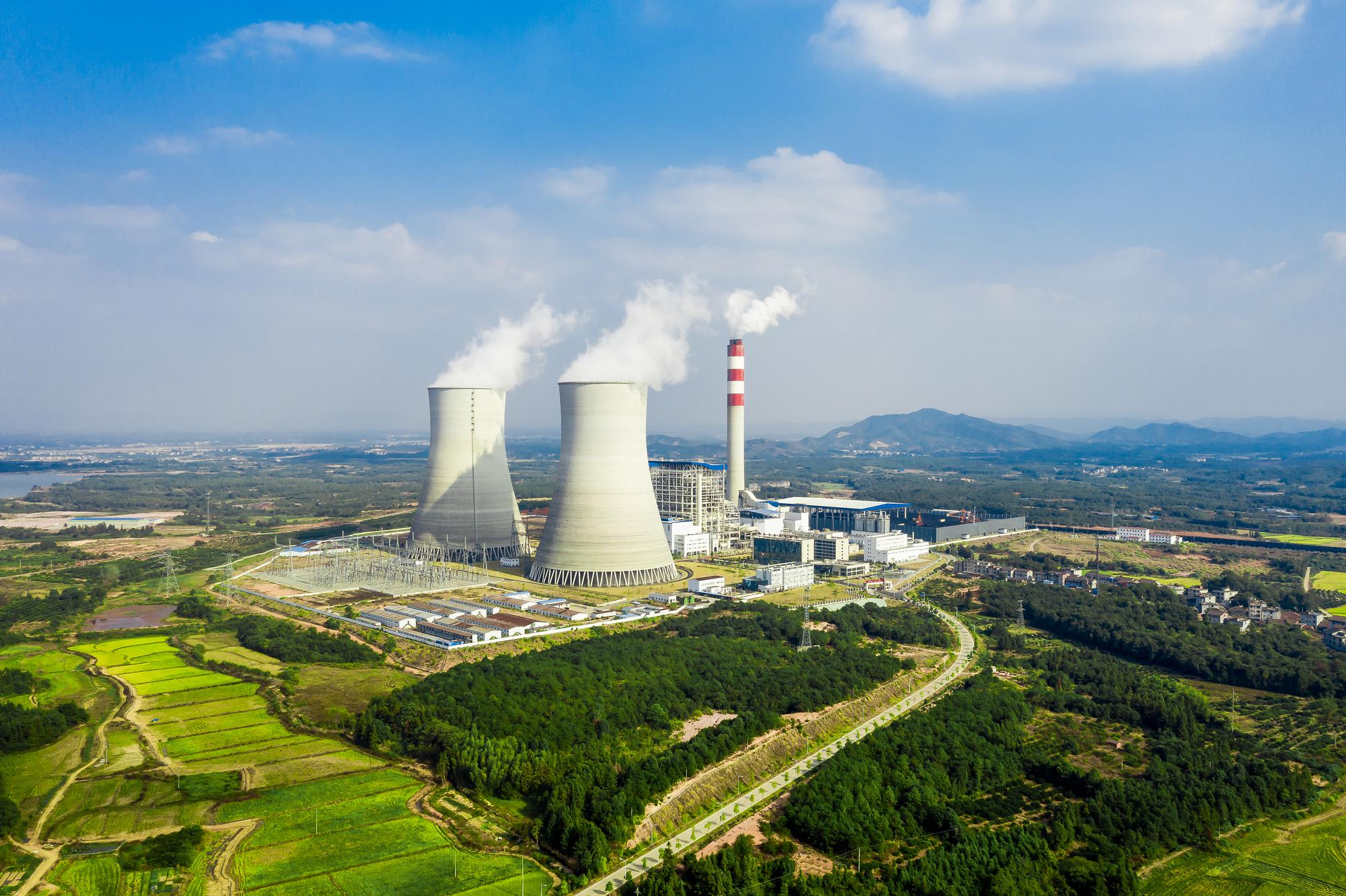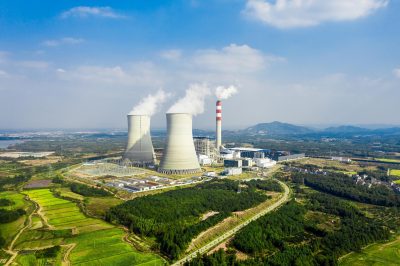As defined in the Atomic Act, “nuclear safety” term means “the status and the ability of nuclear installation or transport equipment and operating personnel thereof to prevent uncontrolled development of fission chain reaction or unauthorized release of radioactive substances or ionizing radiation into the working environment or the environment, and to mitigate consequences of incidents and accidents at nuclear installations or consequences of events upon shipment of radioactive material”.
An authorization (licence) holder, i.e. an operator of relevant nuclear installation, is responsible for the nuclear safety of relevant nuclear installation. The Nuclear Regulatory Authority of the Slovak Republic (UJD SR) is a supervisory body for nuclear safety in the Slovak Republic which checks if all activities of the authorization holders are in compliance with nuclear safety rules.
The mission of the Nuclear Regulatory Authority is to perform state supervision activities upon the nuclear safety of the nuclear installations with the objective to use the nuclear energy in the Slovak Republic safely and in such a way that no threat will jeopardize public health, property and environment.
To fulfil this mission, the UJD SR applies following tools:
- establishing the legislative documents in this area,
- reviewing and approving the documentation according to which the nuclear installations in the Slovak Republic are built, commissioned, operated or decommissioned,
- performing the supervision activities on the nuclear installation directly.
Furthermore, the Authority guarantees to citizens of the Slovak Republic and the international community that the nuclear energy will be used in the Slovak Republic for the peaceful purposes only and that the Slovak nuclear installation are designed, constructed, operated and decommissioned in compliance with relevant legislation.
Safety barrier
The task of the safety barriers of the nuclear power plant is to prevent an escape of the fission products and their release into the environment. The main barriers are as follows:
- fuel matrix – fuel element in a ceramic form (pellets) most commonly made of oxides of enriched uranium. All nuclear fission products are trapped here.
- fuel rod – fuel pellets placed into a metal tube and hermetically sealed. The tube is used a casing of the pellets and as bearing part as well. Most commonly it is made of zircon alloy. Several fuel rods fixed in a firm structure present so called fuel set or fuel assembly.
- primary circuit – a boundary of the pressurized primary system which is formed by the reactor pressure vessel, main circulating pipeline, pressurizer and other equipment.
- containment – the containment building creates a seal shielding which protects the environment against release of the radioactive substances, particularly in case of an accident. Furthermore, it protects the equipment of the nuclear island of the nuclear power plant against adverse impact, including an airplane crash. The building is made of ferro-concrete reinforced by steel ropes. The most modern types of the nuclear power plants are equipped with so called double containment which presents two containments (one above another) while thickness of each containment is more than one meter.

Safety systems
The primary task of the safety systems installed at the nuclear power plant is (as required) to assure three main goals:
- to shut down a reactor,
- to maintain the reactor in a shut down state,
- to prevent a release of the radioactive substances into the environment in case of an incident or accident (protection of barriers).
The safety systems are redundant – four-time redundancy is used in the most modern nuclear power plant.
They are able to perform specific functions in case of an incident or accident, and additionally, they can be used to fulfil other tasks. The safety systems work on different physical principles and are resistant to single failures and are designed in such a way to withstand to the adverse conditions of an accident, such as high temperature, pressure, humidity and radiation.
The most important safety systems are as follows:
- reactor protection and control systems,
- emergency make-up system – high pressure, low pressure, active, passive,
- spraying system of the containment,
- emergency core cooling system,
- core meltdown catching system,
- emergency reactor pressure vessel cooling system,
- emergency primary pressure release system,
- primary residual heat removal system
- control room habitability system,
- emergency heat, ventilation and air conditioning system
- emergency diesel generators,
- accumulators.

